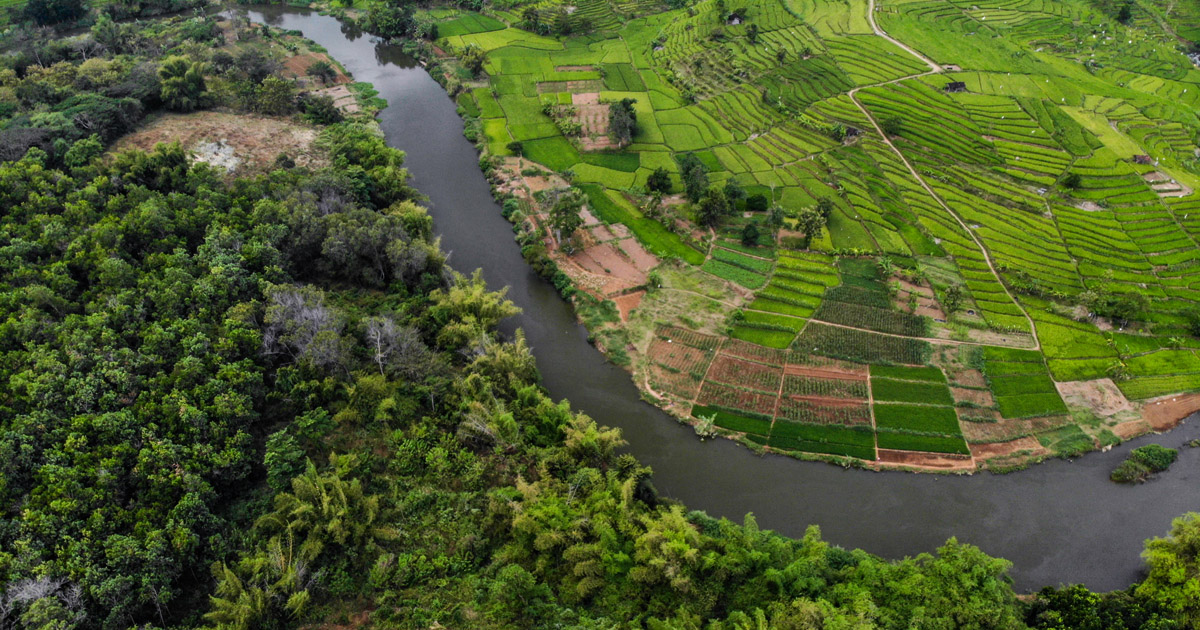Hydraulic redistribution (HR) in karité (Vitellaria paradoxa) and néré (Parkia biglobosa) tree species was studied by monitoring the soil water potential (ψs) using thermocouple psychrometers at four compass directions, various distances from trees and at different soil depths (max depth 80 cm) during the dry seasons of 2004 and 2005. A modified WaNuLCAS model was then used to infer the amount of water redistribued based on ψs values. Tree transpiration rate was also estimated from sap velocity using thermal dissipative probes (TDP) and sapwood area, and the contribution of hydraulically redistributed water in tree transpiration was determined. The results revealed on average that 46% of the psychrometer readings under karité and 33% under néré showed the occurrence of HR for the two years. Soil under néré displayed significantly lower fluctuations of ψs (0.16 MPa) compared to soil under karité (0.21 MPa). The results of this study indicated that the existence of HR leads to a higher ψs in the plant rhizosphere and hence is important for soil water dynamics and plant nutrition by making more accessible the soluble elements. The simulation showed that the amount of water redistributed would be approximately 73.0 L and 247.1 L per tree per day in 2005 for karité and néré, and would represent respectively 60% and 53% of the amount transpired a day. Even though the model has certainly overestimated the volume of water hydraulically redistributed by the two species, this water may play a key role in maintaining fine root viability and ensuring the well adaptation of these species to the dry areas. Therefore, knowledge of the extent of such transfers and of the seasonal patterns is required and is of paramount importance in parkland systems both for trees and associated crops.
DOI:
https://doi.org/10.1016/j.actao.2008.06.010
Altmetric score:
Dimensions Citation Count:






















